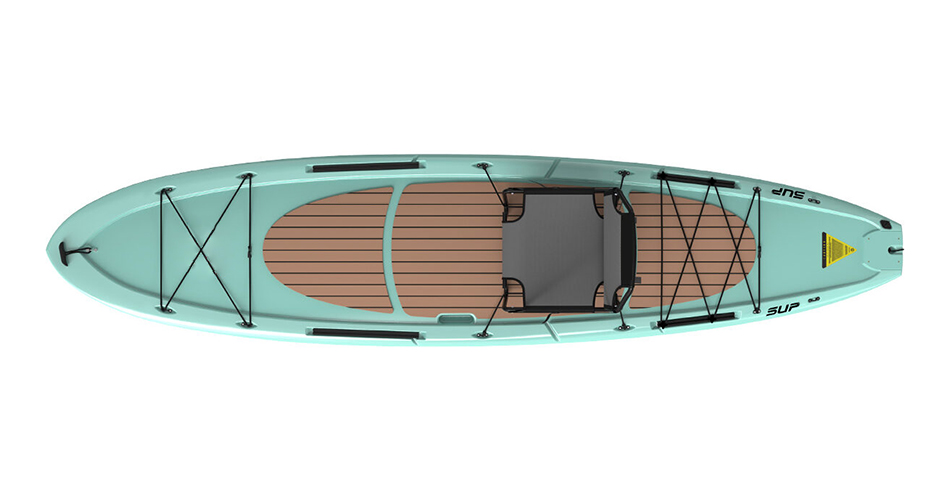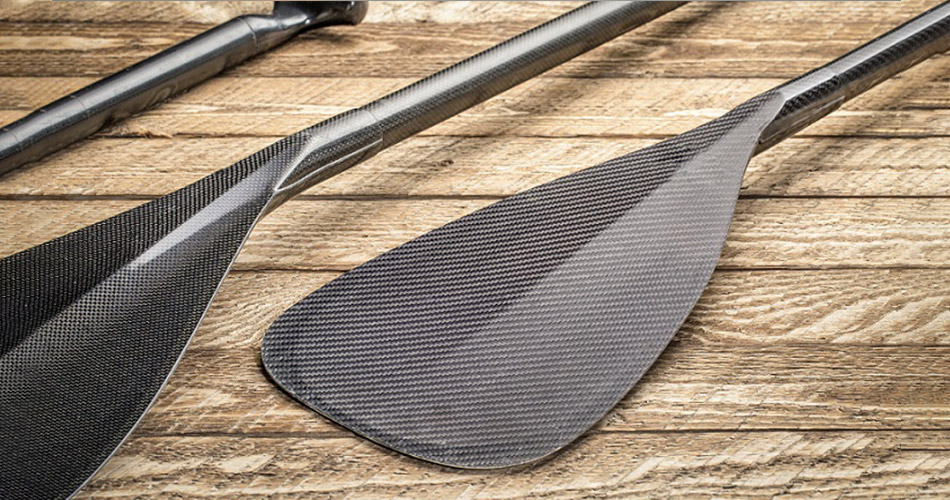
How to Choose an Upright Paddle SUP
Upright paddleboards offer a new experience for everyone.
You can take your paddle board and enjoy an afternoon on a calm lake or go surfing on a beautiful beach.
Or maybe you like SUP yoga, or a SUP speed race to get the perfect workout.
No matter where your excitement is, it's crucial to pick the right board.
To find the right paddle for you, here are my tips:
Hull type: Your two main choices are a planing hull and a displacement hull; the type you choose will be based on the type of paddling you expect to do.
Construction: Do you want an inflatable board or solid one? The board construction affects weight, performance, price, portability and your storage options.
Volume and weight capacity: Pick a board with the volume and weight capacity that’s right for your height and weight to ensure optimum stability.
Length: Different styles of paddle boarding require different length boards. Length also affects stability and maneuverability, and how easy it is to store a SUP in your home.
Width: Board width primarily affects stability.
Thickness: Board thickness also plays a role in stability.
Fins: Fins add tracking and stability to a paddle board.
Extras and Accessories: Some boards include extras like bungee straps and tie-down points for stowing gear. After purchasing a board, there are certain accessories you’ll need, like a paddle, PFD and leash.
Board type
The hull, or body, of a paddle board plays a major role in determining how the paddle board performs in the water. Most SUPs have one of two hull types: planing or displacement. There are a handful with a hybrid design that combine the best attributes of the planing and displacement hulls. Most paddlers choose the hull type based on how they plan to use the paddle board.

A planing hull is flat and wide, similar to a surfboard. It is designed to ride on top of the water and be very maneuverable. Boards with planing hulls are versatile, making them a good choice for:
· Surfing
· Downwinding
· SUP yoga
· Fishing
· Recreational paddling

SUPs with displacement hulls have a pointed nose or bow (front end) similar to that of a kayak or canoe. The hull slices through water, pushing the water around the nose to the sides of the SUP to improve efficiency and create a fast, smooth ride. The efficiency of a displacement hull requires less effort than a planing hull to paddle, allowing you to go longer distances at faster speeds. They also track nice and straight but are generally a bit less maneuverable than planing hulls.
Paddlers choose displacement hulls for a wide variety applications, but always with an eye toward paddling efficiency. Some applications include:
· SUP touring/camping
· Fitness paddling
· Racing
· Fishing
· Recreational paddling




 yuanfang627
yuanfang627